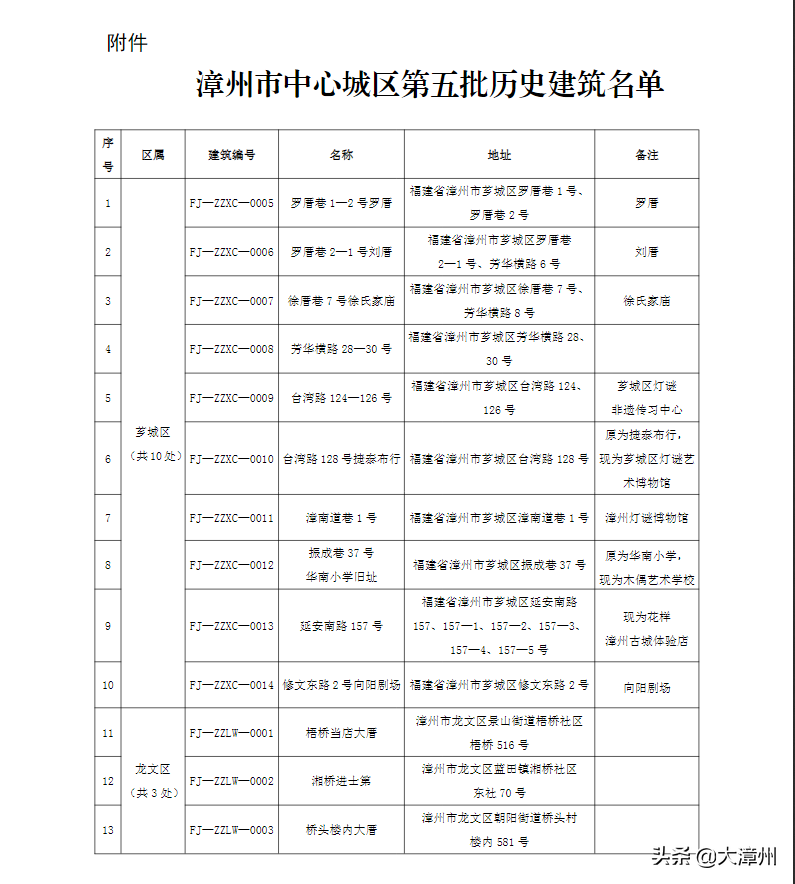Latest archeological discovery: The brick wall of Jingzhou City Wall Walls started in the Five Dynasties
Author:Headline Time:2022.07.02
On June 14th, a reporter from Hubei Daily All -Media's reporter learned at the Horse Noodle Archaeological Excavation site at Jingzhou City Wall No. 11 that archeologists first discovered the important phenomenon of "Wall Wall Wall" of Jingzhou City Wall, and confirmed that the initial age of Jingzhou City Wall Baozhong Start started from the beginning of the brick wall. During the fifth generation period.

"'Yu's strokes in Kyushu, there is Jingzhou. Jingzhou is the first batch of historical and cultural cities in the country. From 689 BC to 963 AD, there have been 34 in 64 regimes of Chu, Jin, Qi, Liang, Hou Liang, and Jingnan. The emperor established the capital here. "Li Liang, deputy director of the Jingzhou Museum, introduced that as an important symbol of Jingzhou, Jingzhou City Wall also has a long history. "".

The horses -faced archeological excavation work of Jingzhou City Wall is traced back to March 2019. According to Li Liang, the so -called horse noodles are in order to enhance the defense capabilities in the cold weapon era, every certain distance on the city wall will build a prominent rectangular pier. There are 25 horses on the wall of Jingzhou City. This archeological excavation was in the process of horses at No. 11, Jingzhou City Wall. It was found that there was a green brick -barrier wall in the lower part of the Ming Dynasty wall. The age of the body, structure and so on.

Tian Yong, the person in charge of Jingzhou City Wall No. 11 horsepower archeological excavation project, introduced that this archeological excavation is currently discovered that the Jingzhou City Wall has been divided into 4 periods, which are the five generations, Song, Minghe Qing Dynasty, which clarifies the different construction methods of the walls of the city in different periods. Essence During the Five Dynasties, the walls were built in the inside and outside of Tucheng. The Song Dynasty Wall is divided into three phases: the first phase of the city wall is made of rammed soil slopes directly on the inside of the fifth generation city wall, and the external wall of the Five Dynasties period is used; The period of the city wall increased by 1.06 meters at the top of the second phase of the city wall, which was made of brick tiles. The top of the brick was paved on the top. In the Qing Dynasty, the Ming Dynasty wall was used.

In the 15 -meter -deep dissection ditch at the Horse Noodle Archeology site, archeological players marked Tushengyuan in accordance with the ages and marked with white plaster lines. On the brick body exposed in multiple walls on the scene, there were different dynasties, such as the maids of the six dynasties in the Five Dynasties, and the Guanyin Tibetan bricks. Archaeologists have collected and marked these patterned bricks.


It is understood that the Jingzhou Museum had previously conducted two archeological excavations on Jingzhou City Wall. In 1988, archeological excavations excavated the west side of the city's side of the city. The city wall anatomy discovered the relics from the five generations to the Ming and Qing dynasties, as well as more text bricks in the Ming Dynasty; from October 1997 to March 1998, the wall of the city wall was discovered. The Song Dynasty brick walls hidden on the inside of the city wall, the brick walls of the fifth generation period, and Tushengyuan in the Three Kingdoms and Two Jin Dynastys that were overlapping under the existing city walls discovered more than 1,500 unearthed cultural relics.

In order to further verify and explore the walls of Jingzhou City, Tian Yong said that he will continue to dissect the Fifth Dynasties Tusheng at the No. 11 horse -faced archeological excavation site to see if you can find the earlier Jingzhou city walls.


- END -
Officially announced!13 new places in the central urban area of Zhangzhou

Zhangzhou Central CityThere will be 13 historical buildingsCome and seeWhere isZha...
Lile Shandong | Weifang: [Create the Capital of East Asian Cultural Capital] Kuiwen District "Wuju" activity Run people's heart and music life

Since the beginning of this year, Kuiwen District, Weifang City has actively carri...